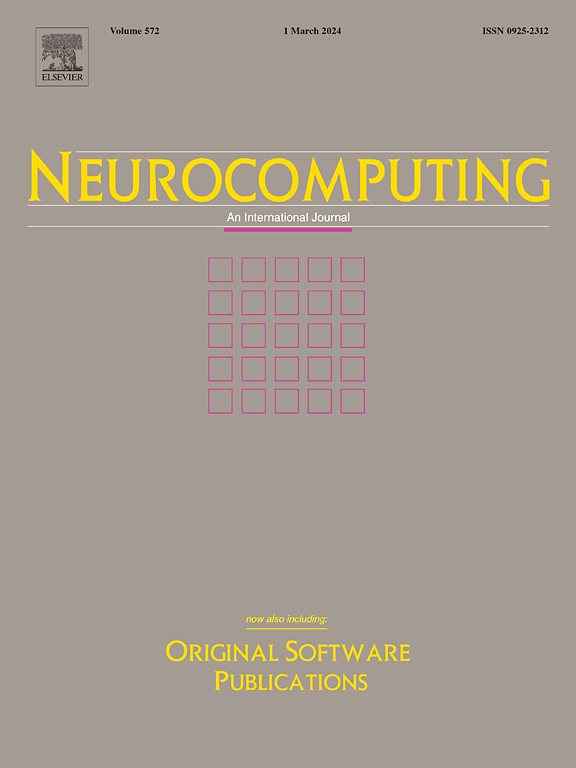神经网络的新奇感知概念漂移检测
IF 5.5
2区 计算机科学
Q1 COMPUTER SCIENCE, ARTIFICIAL INTELLIGENCE
引用次数: 0
摘要
神经网络模型在处理流数据的实际应用中被广泛采用。然而,这些应用程序经常面临准确性下降的挑战,这是由流数据与训练数据的数据分布的变化引起的。两个潜在的原因导致了这些变化。第一种是概念漂移问题,当输入数据和预测输出之间的相关性发生变化,使得在训练数据上训练的模型不再适合新数据时,就会发生概念漂移问题。第二个原因被称为新颖性问题,当真实数据包含训练数据中不存在的意外数据类别时,就会出现不正确的预测。研究界已经分成了不同的小组,每个小组都开发了各种方法来检测概念漂移或新颖性分布的变化。然而,这些方法只解决问题的一个方面,无法区分它们。这将导致模型维护资源的不适当分配,包括模型再训练和获取真实标签数据的高成本。在本研究中,我们的目标是通过提出一种新的概念漂移检测方法来解决这一差距,该方法能够区分已知标记概念漂移和新颖性。我们的方法也比现有的漂移检测方法更有效,使其适合于神经网络的应用。本文章由计算机程序翻译,如有差异,请以英文原文为准。
Novelty-aware concept drift detection for neural networks
Neural network models are widely adopted in real-world applications for processing streaming data. However, these applications often face challenges in terms of accuracy degradation, caused by changes in the data distribution of the stream data compared to the training data. Two underlying reasons contribute to these changes. The first, known as the concept drift problem, occurs when there is a change in the correlation between the input data and the prediction output, making the models trained on the training data no longer suitable for the new data. The second reason, known as the novelty problem, arises when real-world data contains unexpected data categories that were not present in the training data, resulting in incorrect predictions. The research community has divided into different groups and each developed various methods to detect either concept drift or novelty distribution changes. However, these methods only address one aspect of the problem and are unable to distinguish between them. This leads to an inappropriate allocation of model maintenance resources, including the high cost of model retraining and the acquisition of true label data. In this study, we aim to address this gap by proposing a novel concept drift detection method that is capable of distinguishing between known labeled concept drift and novelty. Our method is also more efficient than existing drift detection methods, making it suitable for applications on neural networks.
求助全文
通过发布文献求助,成功后即可免费获取论文全文。
去求助
来源期刊

Neurocomputing
工程技术-计算机:人工智能
CiteScore
13.10
自引率
10.00%
发文量
1382
审稿时长
70 days
期刊介绍:
Neurocomputing publishes articles describing recent fundamental contributions in the field of neurocomputing. Neurocomputing theory, practice and applications are the essential topics being covered.
 求助内容:
求助内容: 应助结果提醒方式:
应助结果提醒方式:


